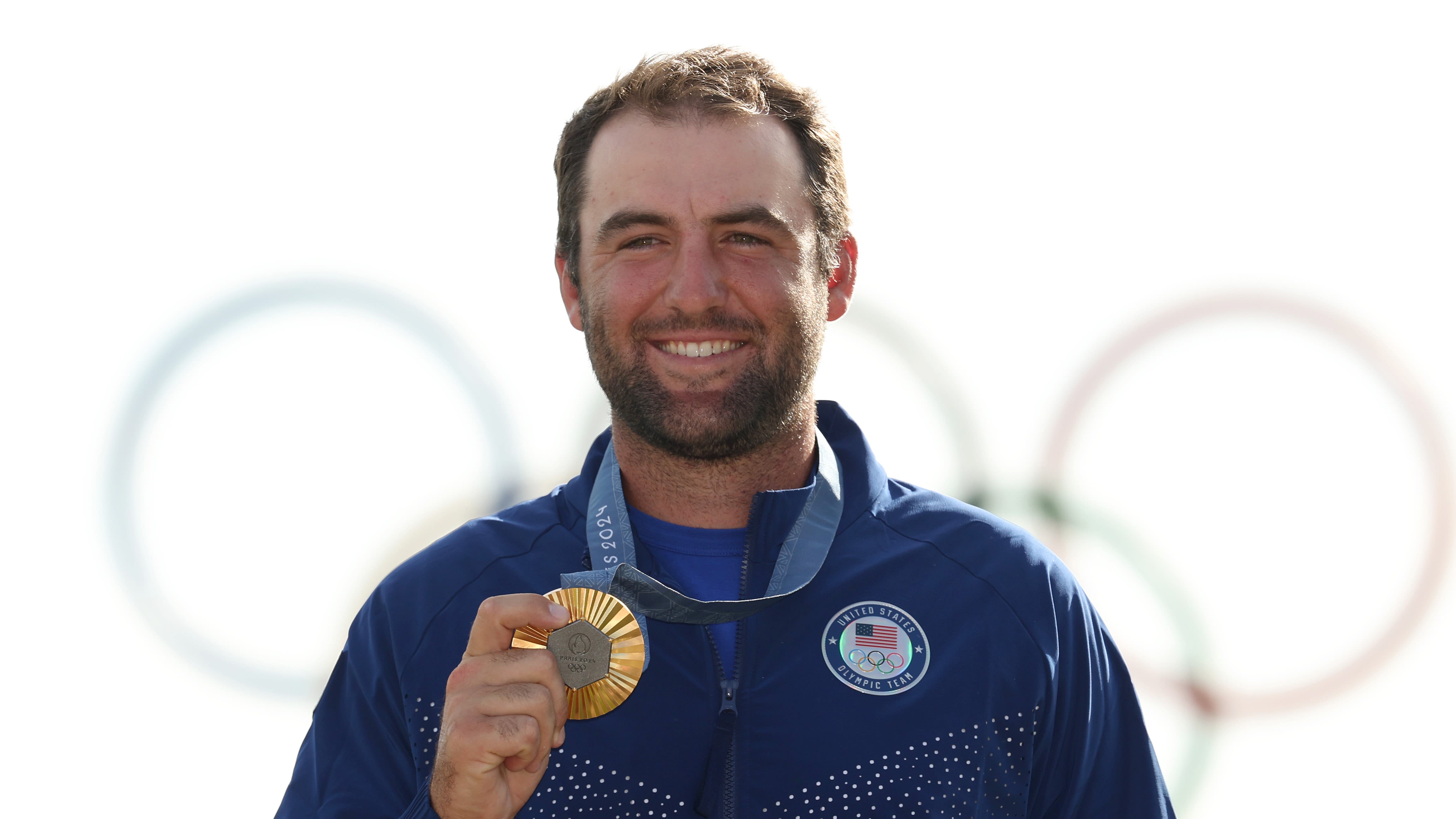By Kevin Cotter, PGA
Few swings in golf are as admired as Rory McIlroy’s. Whether you’re a weekend warrior or a competitive player, you’ve likely marveled at his effortless power, smooth rhythm, and pinpoint accuracy. But what really makes Rory’s swing so effective—and is there anything the rest of us can learn from it?
Absolutely. Here are three core attributes of Rory’s swing that every golfer can study and apply to their game.
🔑 1. Lower Body Power & Hip Rotation
Rory’s swing begins from the ground up. He uses exceptional lower body movement to generate power—especially his hip rotation through impact. Rather than just relying on arms or shoulders, Rory starts the downswing by driving his lead hip toward the target, allowing energy to transfer up the chain through his torso and arms.
This dynamic move gives him exceptional clubhead speed and balance. His feet are grounded, but his hips are exploding.
Why it matters:
- Creates effortless distance
- Improves ball-striking consistency
- Keeps your swing stable under pressure
Try this drill:
Practice starting your downswing by shifting pressure into your lead foot while clearing your lead hip. Imagine squashing a bug under your front foot as you rotate.
🔑 2. Wide Arc with a Full Shoulder Turn
Another signature Rory move is his wide, high takeaway and full shoulder turn. He keeps his left arm extended and away from his body while his torso rotates fully—almost as if he’s winding up like a spring, building coil and storing energy without tension.
Why it matters:
- Maintains swing width and plane
- Builds power through stored torque
- Promotes a fluid, repeatable motion
Try this drill:
Hold a club across your chest and rotate your shoulders as far as you can while keeping your hips quiet. This teaches you to separate your upper and lower body—the secret to building spring-loaded torque like Rory.
🔑 3. Head Stability & Focused Eye Line
Watch Rory closely and you’ll notice something subtle but essential: his head stays stable throughout the swing, especially through impact. His eyes are quiet, fixed on the ball or just in front of it, helping him maintain balance and sequence his motion more naturally. This stability isn’t a rigid stillness—it’s dynamic control. His body rotates freely, but his head remains centered on the ball.
Why it matters:
- Improves ball contact and low-point control
- Enhances tempo and timing
- Reduces the tendency to sway or lift
Visualization tip:
Imagine you’re wearing a GoPro on your cap. Try to “film” the ball all the way through the swing with minimal head movement.
🏁 Conclusion: Play Like Rory—Your Way
You don’t need Tour-level speed to benefit from Tour-level fundamentals. By working on these three keys—lower body engagement, a wide/full backswing, and head stability—you’ll set yourself up for a more powerful, consistent swing.
🔗 Want to see how these concepts apply to your swing?
👉 Book your FREE 15-minute Golf Strategy Call with Kevin Cotter Golf »


